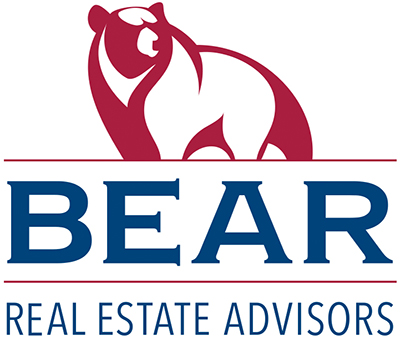Q4 Predictions: CRE Investment Will Continue To Glow, But Which Asset Class Will Be The Shining Star?

This year has been a time of relative success for the commercial real estate industry. According to NAIOP, the majority of CRE professionals have a favorable industry outlook for the near future, but lower overall confidence in the market than last year. Investors, however, remain optimistic for the fourth quarter, despite turbulence from external economic factors.
Multifamily and industrial assets have performed at peak levels, accounting for the majority of all CRE investment volume earlier this year. CBRE said that investment in multifamily properties reached $63B during the first quarter, setting the record for the strongest first-quarter performance to date. The industrial market has consistently risen by 4% annually for the past five years and is showing signs of increased demand in the near future.
Office and retail assets, however, have been slower to rebound from the pandemic as companies re-evaluate their remote work policies and traditional brick-and-mortar storefronts continue to face competition from the growth in e-commerce.
With the year approaching its end, real estate investors are caught between the market that was and what the market is now.
“As the third quarter draws to a close, I am optimistic that debt and equity investors will aggressively enter the market and transact on quality projects with best-in-class sponsors to achieve their annual production goals for the year,” said Matt Bear, founder of Bear Real Estate Advisors.
He predicts that debt spreads will narrow and benchmark indexes should recede from their current levels. Bear said the key skill set great investors need to have is multiple mental models running at the same time.
“While investors want macro predictions to be true, they often are not,” he said. “Real estate is a micro business about a specific building in a particular market.”
The Bear Real Estate Advisors team provides clients with transaction representation property sourcing and capital advisory services. The firm focuses on providing high net worth global and domestic investors, private equity firms and investment funds with opportunities that have the potential to deliver notable value.
Bear said that the amount of investor fear in this market is becoming hard to deny. However, there is opportunity in uncertainty.
“I view market uncertainty as my team’s mission to find properties and deliver compelling deal flow to our clients,” he said. “Relative value discussions should be dominating the conversations in investment committees. It's times like these that the best deals are executed and value investors rise to the top. With that being said, sellers should embrace to old maxim of 'you don't go broke making a profit' looking forward.”
According to Bear, the most common market concern for the fourth quarter is how to model exit cap rates when underwriting new investment opportunities. Some investors will use exit cap rates as an excuse to stay out of the market. Others may aggressively try to pursue deals while indecisive competitors wait for consensus. Bear said that investors shouldn’t wait for consensus because it can counterintuitively lead to lower returns and higher risk due to increased competition for the same deal profile.
Despite market disruptions, Bear has high hopes for the performance of several CRE asset classes during the fourth quarter: multifamily, industrial and office space.
“Office investments will become more frequent as people return to physical work spaces,” Bear said. “Even if hybrid work becomes the standard, it doesn’t reduce the need for the office square footage, it simply affects who is there at any given time.”
For traditional office buildings that can’t compete against other general office buildings, the cost advantage of repurposing these buildings into medical buildings, multifamily and hotels versus new construction will start to be more common, he said.
Investors should keep an eye out for medical office space as it continues to be a strongly performing asset class. Aligning with proven sponsors who understand the nuances of the medical office sector is key to hitting return goals, Bear said.
Industrial and multifamily assets will continue to attract outsized investments, he said. In the multifamily sector, affordability is driving investor and renter demand. On the industrial side, leasing activity remains strong. Despite overall market confidence, some investors and developers who are delivering products right now may find the current state of the market to be somewhat troubling.
“Investors that are delivering buildings right now and didn’t build appropriate spreads between build cap rates and sale cap rates are most likely experiencing some anxiety,” he said. “However, this temporary feeling of discomfort will pass and transactions will resume at an elevated level relative to historical industrial norms.”
As part of their business strategy, Bear and his team attend the most important real estate conferences around the country. To emphasize the role of local business in context with global capital needs, Bear will be speaking at Bisnow's National Finance Summit on Sept. 22 in New York City.
This article was produced in collaboration between Bear Real Estate Advisors and Studio B. Bisnow news staff was not involved in the production of this content.
Studio B is Bisnow’s in-house content and design studio. To learn more about how Studio B can help your team, reach out to studio@bisnow.com.

